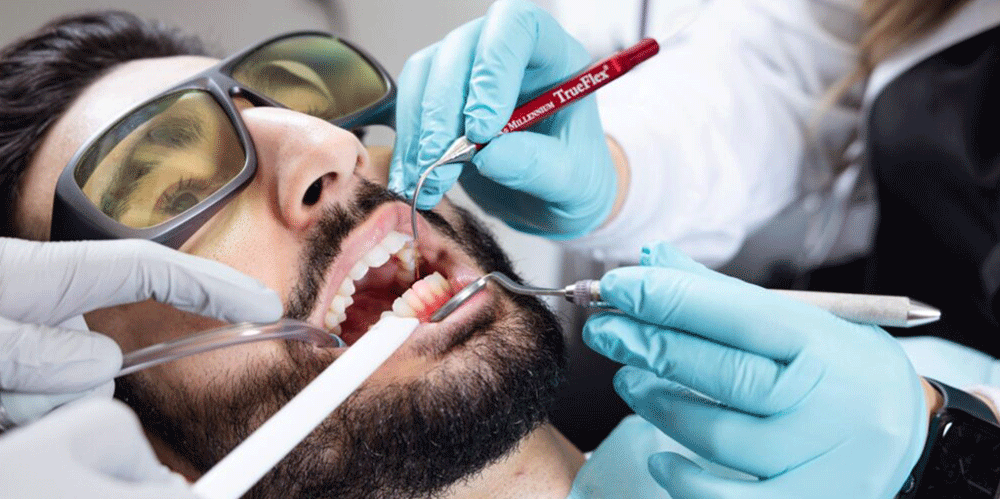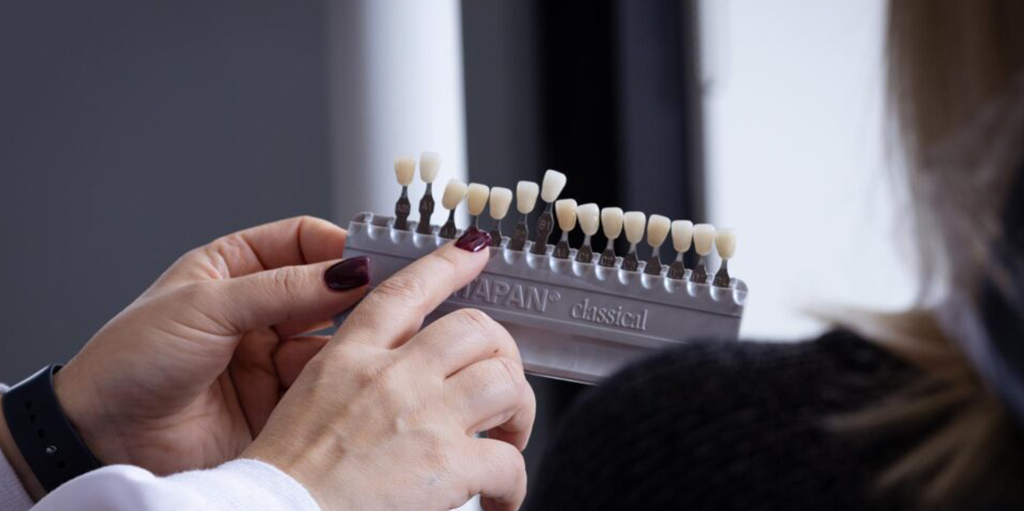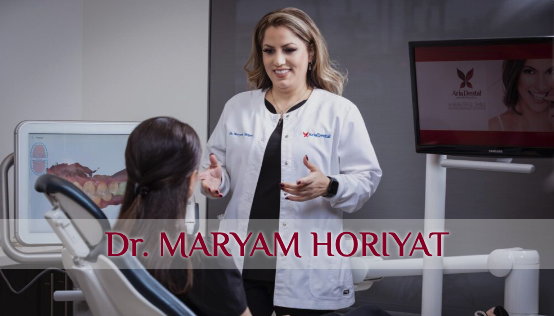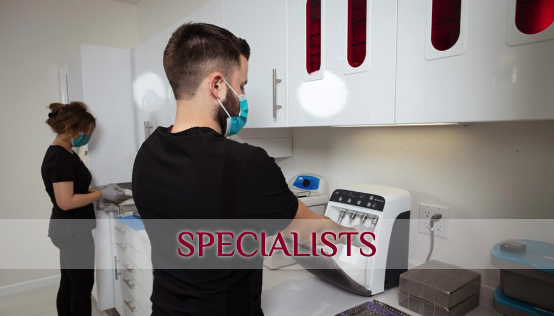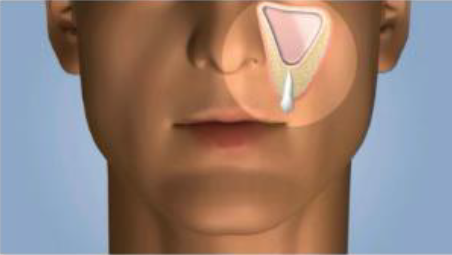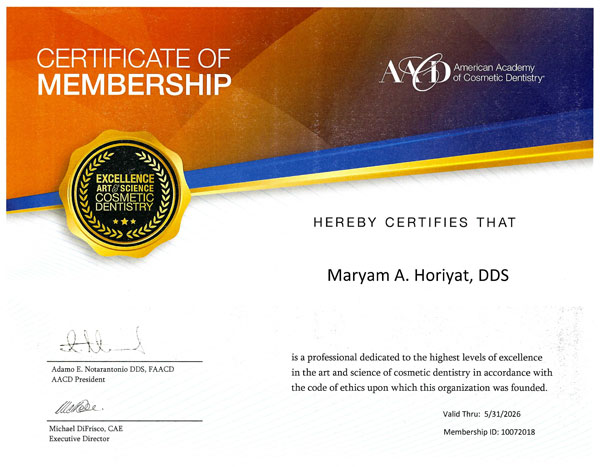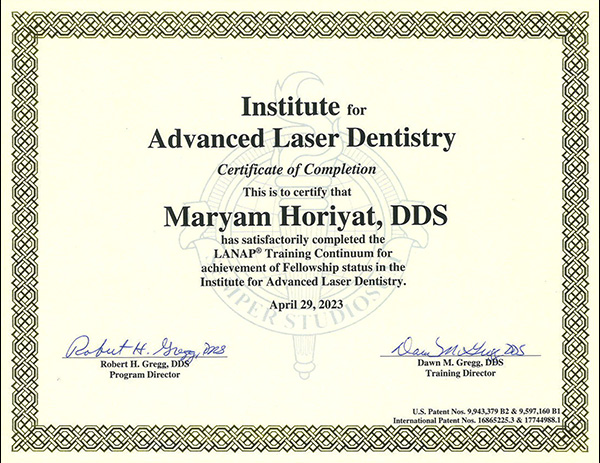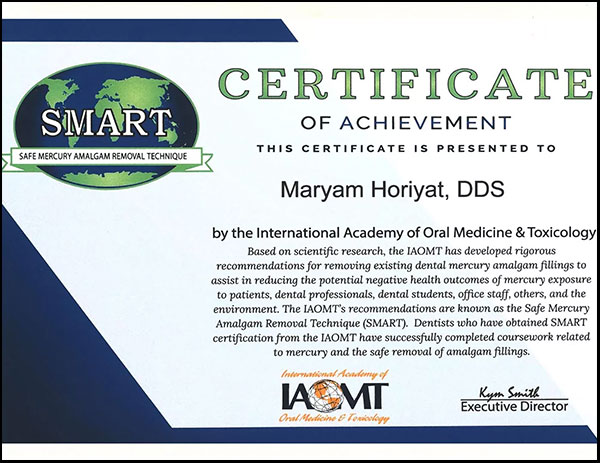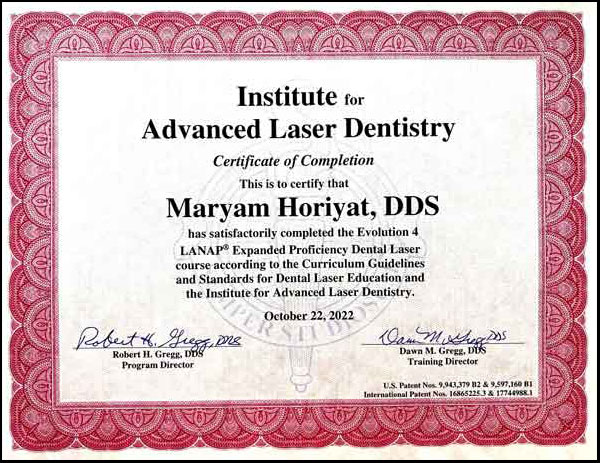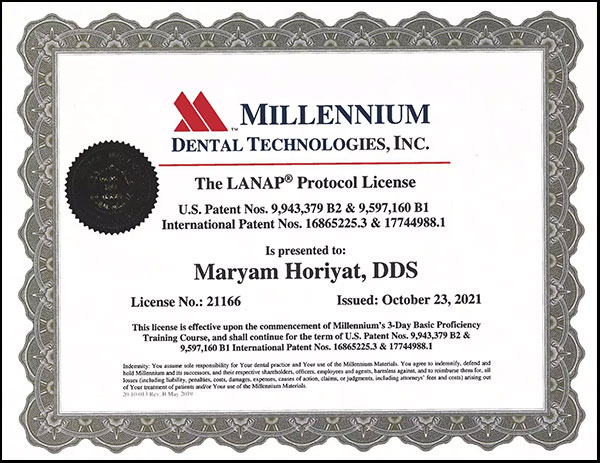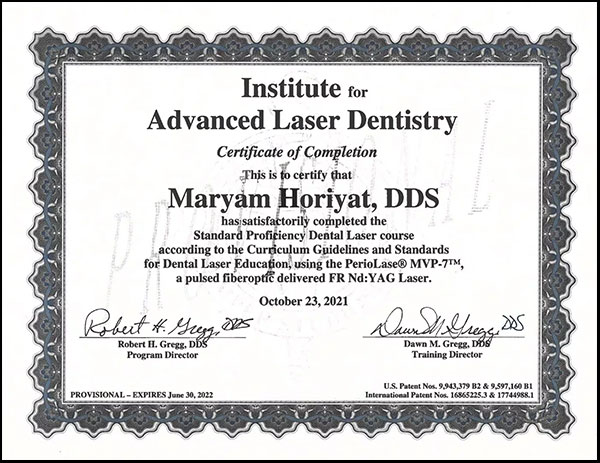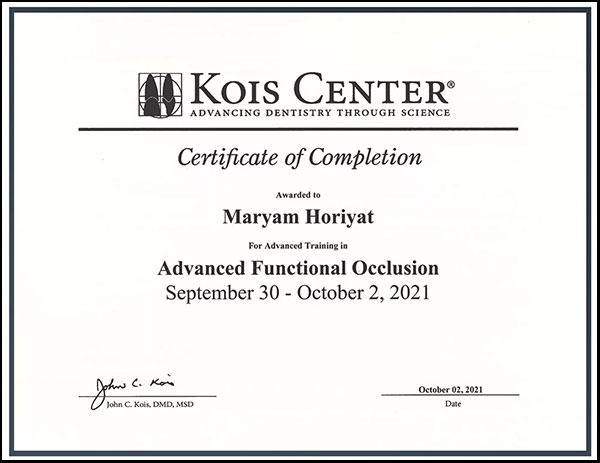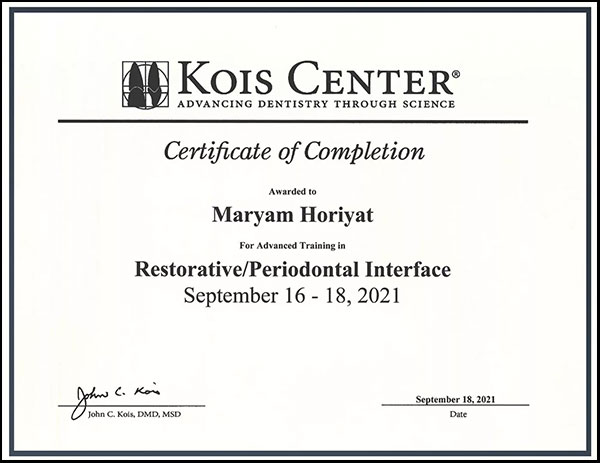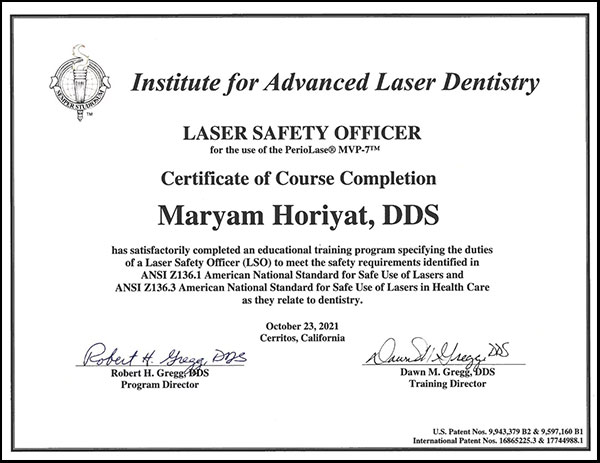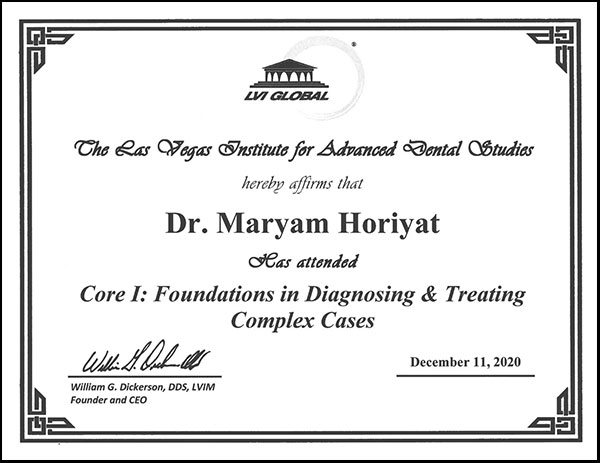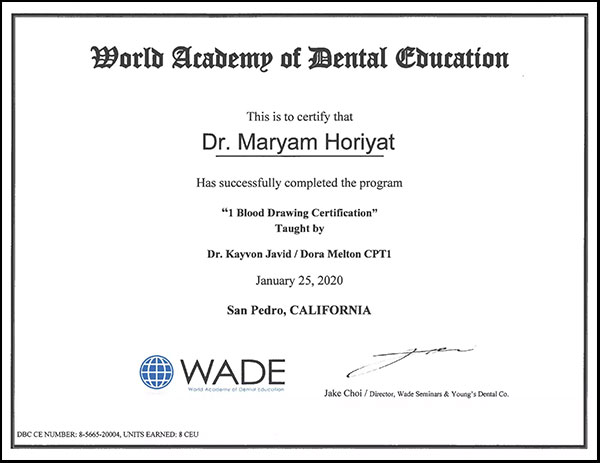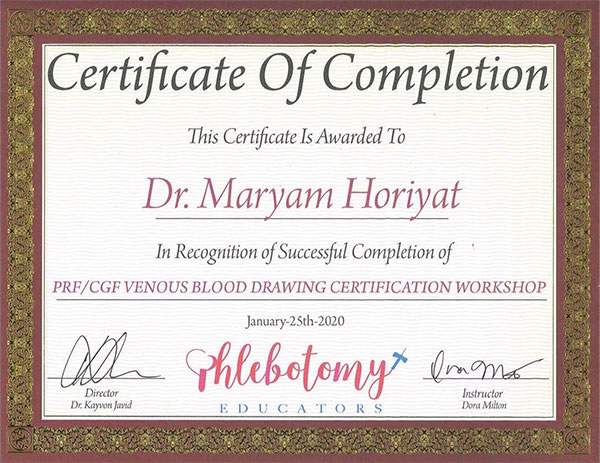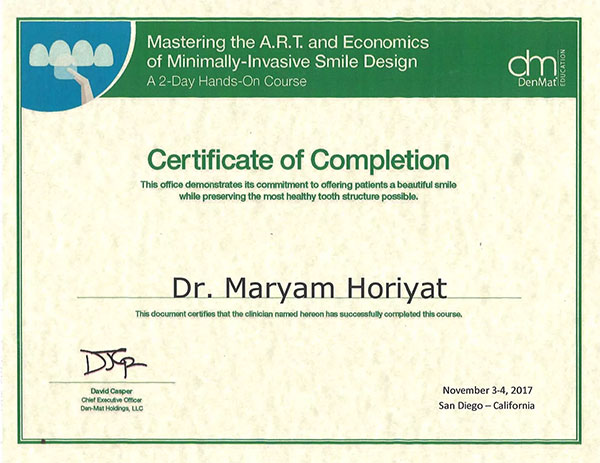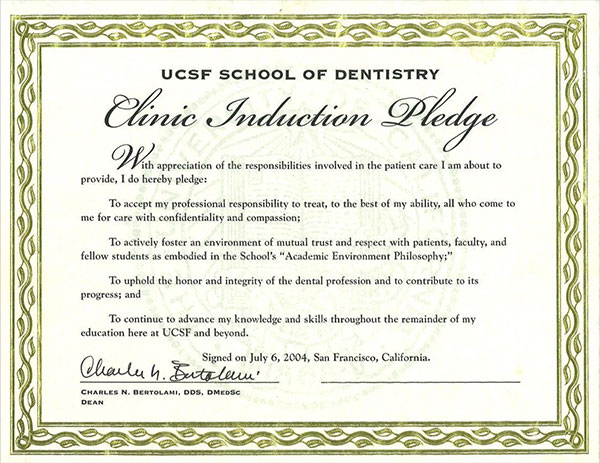Essential Treatments for Oral Surgeries
Dental Bone Grafting Makes New Teeth Possible
Bone grafts and sinus lifts are somewhat different but are used to accomplish the same basic task. These treatments are used to provide a solid, strong platform upon which a dental implant can be placed or to prevent the resorption and deterioration of natural jaw and gum tissue after tooth loss.
A Bone graft utilizes a piece of bone from a donor or your own body which is placed into the gum line in a brief surgical procedure either during tooth extraction or preparation for a dental implant, then allowed to heal.
A sinus lift or augmentation is similar but is used on the upper teeth. An opening is made in the gum tissue, the sinus membrane is lifted, and bone powder is packed into the area. This bone will be integrated with the surrounding tissues over time to strengthen it.
Bone Grafts as a Foundation for Oral Surgeries
Holistic Bone Grafts for Dental Implant & Tooth Extraction
Dental Bone Grafting Makes New Teeth Possible
Dental Bone grafting is an oral surgical procedure that replaces missing bone adjunctive to dental procedures such as dental implants, sinus lift, socket preservation, and pinhole gum surgery. The most common reason for the use of bone grafting is dental implants, which work by integrating them into your jawbone. To accomplish this integration, your jawbone needs adequate bone to support the implants. The jawbone shrinkage associated with missing teeth often leaves a condition in which there is poor quality or quantity of bone suitable for placement of dental implants. If you don’t have enough bone at the dental implant site, you can still restore functionality and aesthetic appearance by getting a dental implant through bone grafting.
LEARN ABOUT SUITABLE BONE GRAFTS & AN ALTERNATIVE PROCEDURE
Call or Text Now!
Get Experienced Art & Science of Ceramic Implant Dentistry & Bone Grafting!
(949) 364-9600
Where Does the Bone Come From?
Several different types of bone-grafting materials can be utilized:
-
AUTOGRAFT
In the least frequent cases, the patient’s bone will be used, such as that taken from another location in their mouth or else from other bones, including the hip (iliac crest) or the shin bone (tibia). -
ALLOGRAFT (Human Donor Graft)
The grafts are typically taken from donors’ bodies and can be used either as a block or as particles, depending on the need. We primarily use allografts because they are safe, sterile, effective, and can be provided in larger quantities without a need for additional surgery to obtain your bone as a grafting donor. They are thoroughly cleaned and sterilized using antibiotics, gamma radiation, and ethylene oxide (which kills fungal spores) to ensure there is no risk of contamination. -
XENOGRAFT
A biocompatible porous bone mineral substitute is a sterile, safe, and effective bone graft material from specially processed bovine sources of healthy cows. All the cow’s cells and other biological material are removed, leaving only the mineral part of the bone. In many cases using a porous bone mineral eliminates the need for additional surgery to obtain your own bone as a grafting donor.
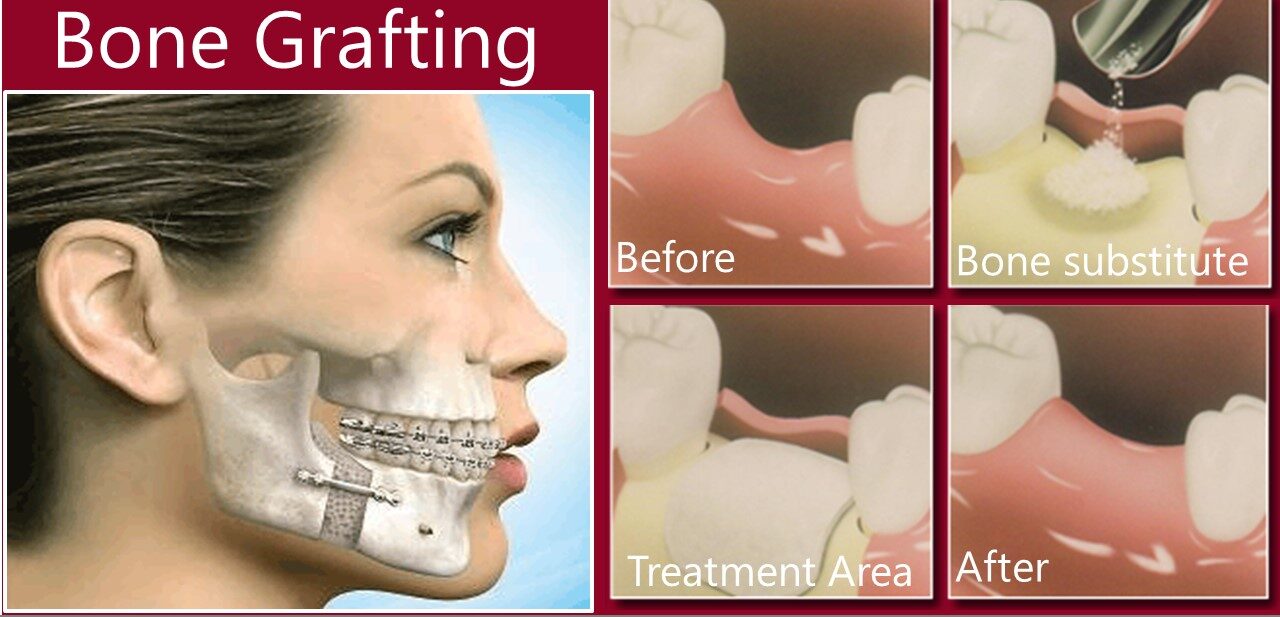
Who Needs a Dental Bone Graft?
Individuals with bone loss in their jaw usually require a dental bone graft for their oral surgery procedure. The bone graft procedure may be recommended if you:
- Are having a tooth extracted.
- Plan to replace a missing tooth with a dental implant.
- Need to rebuild the jaw before getting dentures.
- Have areas of bone loss due to periodontal (gum) disease.
Why Might You Need Bone Grafts?
Many people are surprised when they are told that they need a bone graft for their oral surgery procedures, but this is relatively common. The oral surgeon of Orange County usually requires dental bone grafts for individuals with bone loss in their jaw. There are many reasons why people develop deficient bone, including.
Chronic Tooth Infection
Bone Abscess
Missing A Tooth
Damaged Teeth
Chronic Advanced Gum Disease
Impacted Wisdom Teeth
How Do You Know If You Need Bone Graft?
Dr. Horiyat will perform an oral examination to check the health of your teeth, gum, and jaw by reviewing your digital x-rays or scans. To enhance diagnosis and treatment planning, Dr. Horiyat might recommend 3D CT-Scan to evaluate more accurate imaging. Next, Dr. Horiyat will discuss your treatment options with you and create a personalized treatment plan to meet your needs.
When Do You Need a Bone Graft?
The most common and simple form of bone graft is a socket graft. In this procedure, we use a bone substitute to build up bone in the socket left by an extracted tooth. Often, we can place a dental implant at the same time we add the bone substitute.
Sometimes when upper molar and premolar teeth (upper teeth in the back of the mouth) are lost, the bone that sits between the upper jaw and maxillary sinuses reabsorbs and loses its strength to support dental implants. The solution for this condition is sinus lift (Sinus Augmentation) and bone grafting. Thus, our periodontist at Aria Dental performs this procedure by elevating the maxillary sinus membrane upward and inserting a donor bone graft into the floor of your sinus and above your upper jaw in the area of molars and premolars to build up the bone up to its former height. The result is improved bone height (thickness) in the posterior maxilla, which is more favorable for implant placement.
A ridge expansion or augmentation is a common dental procedure often performed following a tooth extraction to help recreate the natural contour of the gums and jaw that may have been loss because of a tooth extraction or another reason.
If you do not have sufficient bone mass for a dental implant in the lower, the inferior alveolar nerve which gives feeling to the lower lip and chin may need to be moved to prevent any part of the implant from connecting with the inferior alveolar nerve. Because if the implants touch this nerve, it can result in facial pain, numbness, and other troublesome symptoms. This procedure is considered by many surgeons to be a high-risk procedure as there is a risk of permanent numbness to the lower lip. Recent advancement in instrumentation allows this procedure to be performed with a lower risk of nerve injury. When our surgeons or periodontists perform nerve repositioning, they use an electrical Piezo instrument. This device removes bone gently by employing a vibrating diamond tip instead of the old-fashioned rotating drill that can damage the nerve.
Bone Graft Alternatives
There is often more than one way to deal with inadequate bone mass at a dental implant site. The improved technology in dental implants offers us several alternative options to get around the lack of bone.
- DENTAL BRIDGES & DENTURES: We can sometimes overcome the insufficient bone in one site by using bone available at the other sites. In cases where multiple teeth are extracted, we can place and secure dental implants where you have quality bone.
- MINI-DENTAL IMPLANTS: We can sometimes place shorter dental implants to utilize the available bone that you have. These smaller dental implants often cannot withstand enough force individually, but sometimes we place more to accomplish the same effect as one standard-size implant.
- ANGLED & ZYGOMATIC IMPLANTS: Sometimes finding the right direction to place a dental implant is a solution for finding an adequate bone. Sometimes, there may not be sufficient bone to support an implant vertically in your mouth but positioning the implant in a different direction will give you sufficient bone support.
Plasma-Rich Growth Factors (PRGF) as the Best Holistic Approach
True Regeneration!
GET A HEALTHY SMILE IN A NATURAL WAY!
L-PRF for Faster NATURAL Healing & Regeneration Systems for Better Health of Your SMILE.
Natural Bone Grafts from Your Blood

Advantages of L-PRF
100% Natural & Holistic
Healthy From Your Blood
Hypoallergenic
Promote Faster Healing
Simple,
Safe and Effective
No Additives, Chemicals, or Foreign Substances; Thus, No Pharmaceutical Drug Side-Effect
Practically
Painless
L-PRF application is used to expedite the post-procedure healing process and is completely safe. Since the blood used will come from the patient’s own body, disease transmission is not a factor. Almost all patients report a much greater degree of comfort immediately after their procedure. There are also several more distinct benefits of PRF:
- Accelerated Healing Process after Implant and Wisdom Tooth Removal.
- Less Pain after Dental Procedures.
- Decreased Swelling.
- Osseointegration or Healing of Bone to Dental Implants.
- Improved Strength of Bone Integration to Dental Implants.
- Decreased Chance of Dry Socket and Cavitation after Tooth Extraction.
- Increased Early Blood Supply to Tooth Extraction Socket.
- Facilitates Fast and Proper Healing of Wisdom Tooth Extraction Sites.
- Lower Infection Risk after Procedure by Sealing the Wound away from Infectious Agents.
- Safe and Convenience...No Disease Transmission Since It's from Patient's Blood.
A gag reflex helps the throat to expel any intrusive and foreign object. However, the gag reflex can interfere with your dentist’s work inside the oral cavity. With modern Anesthetic Technology and sedative dentistry, the gag reflex is paralyzed, which helps your dentist to work faster and more efficiently, and the patient to be more comfortable.
Applications of L-PRF in Dentistry
- Bone Grafting for Implants: This includes sinus lift, ridge augmentation, closure of a cleft lip, cleft palate deformities, and both inlay and onlay grafts.
- Bone Repair: PRF can be used in facial trauma reconstruction, repairing of defects due to tooth removal, or removal of growths and cysts.
- Fistula Repair: This includes the repair of fistulas between the mouth and the sinus cavity.
As your holistic and bio dentist in Orange County, Dr. Horiyat is proud to be able to offer her patients this exciting holistic approach to healing. If you have any questions about PFR therapy, please feel free to ask any member of our team during your next visit to Aria Dental of Mission Viejo.
Sinus Lift or Augmentation
Sinus Augmentation with The Best Orange County Periodontists with More than 15 Years of Experience!
The maxillary sinuses are the largest of the four paranasal sinuses. The maxillary sinuses are empty, air-filled spaces with an average volume of 15ml, which are located behind your cheeks and on top of the upper teeth. The roots of natural upper teeth extend up into the maxillary sinuses and are usually separated from the maxillary sinuses by a thin wall of bone. When these upper teeth are lost or extracted, the volume of the sinus cavity increases due to a decrease in height, width, and density of bone at the base of the sinus, and the sinus relocates to more apical, a condition called pneumatization. When a dental implant is inserted in this area, the initial implant stability is poor coupling with inadequate bone height for the implant length. This result in implant failure either initially or during loading.
The solution to this condition is called a sinus lift or sinus augmentation at top dental office in Mission Viejo, Aria Dental. Our periodontists at Aria Dental perform this procedure to elevate maxillary sinus membrane upward and placing a donor bone graft into the floor of your sinus and above your upper jaw in the area of molars and premolars. The end result is the improved bone height in the posterior maxilla, which is more favorable for implant placement.
If enough bone between upper jaw ridge and the bottom of the sinus is present to stabilize the implant well, sinus lift or augmentations and implant placement can sometimes to be performed as a single procedure. If enough bone does not exist, the sinus life will have to be performed first, and graft will have to mature for several months before implants are placed.
Type of Bone Graft Materials for Sinus Lift
Several different types of bone-grafting materials can be utilized:
- Patients’ Bone - In the least frequent cases, the patient's own bone will be used, such as that taken from another location in their mouth or else from other bones, including the hip (iliac crest) or the shin bone (tibia).
- Geistlich Bio-Oss® - We are primarily using a biocompatible porous bone mineral substitute, named Bio-Oss®. which is a sterile, safe, effective bone graft material from specially processed bovine sources of healthy cows. All of the cow’s cells and other biological material are removed, leaving only the mineral part of the bone. Under the electron microscope, Bio-Oss® structurally looks very similar to a human bone. Because of being physically and chemically comparable to the mineralized matrix of human bone, Bio-Oss® is highly successful in helping new bone to form. In many cases using a porous bone mineral eliminates the need for additional surgery to obtain your own bone as a grafting donor.
- Stem Cells and Growth Factors - Advancements in issue engineering allow Dr. Fangapol, Dental implant specialist in Aria Dental, to avoid the use of secondary donor sites for major bone grafts in many situations. Bone morphogenetic protein (BMP), a more recent development, is a bioengineered growth factor that stimulates your stem cells to grow or regenerate their own new bone. Our growth factors that Dr. Fangapol uses include Platelet Rich Plasma (PRP or PRF) and cryogenically preserved stem cells.

Who Is a Candidate for Sinus Lift?
- Lost more than one tooth in the posterior maxilla.
- Lost a significant amount of bone in the posterior maxilla.
- Missing teeth due to genetics or birth defect.
- Minus most of the maxillary teeth and need a strong sinus floor for multiple implants.
Sinus Lift Procedure

The maxillary sinuses are in the cheekbone, just below the eyes. As seen in the picture, the tooth is supported by the original bone.

Tooth loss below the sinus leads to bone loss and overtime the sinus will expand into the area previously occupied by the bone and teeth.

In this picture, the decrease of the maxillary sinus can be seen by extraction or tooth loss. The surgeon will correct the sinus to its original state for the correct placement of the dental implant.
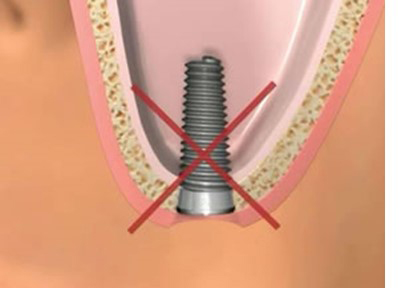
If a dental implant is placed into inadequate bone, it will move, shift, and fail because there is not enough stability to withstand forces of biting and chewing.
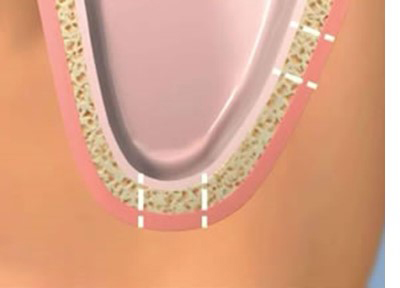
A sinus lift procedure begins with a temporary opening made in one of two possible areas as seen in this picture.
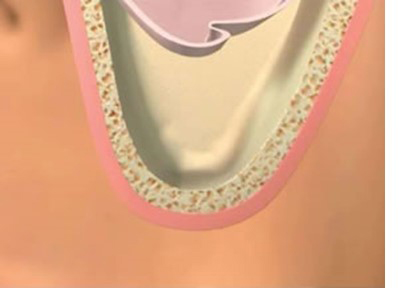
An instrument then modifies the sinus to previous position, providing clearance for the placement of substitute bone.

The required amount of bone is added in the maxillary sinus, to provide enough stability and thus proceed to the dental implant placement.

Over time, the implant and substitute bone will heal, creating a strong bone and stable foundation for your teeth.

Finally, the implant placement process is completed, and the result is successful. The lifting has solved the original issue.
Natural Bone Grafting
STEM CELL & GROWTH FACTORS: can considerably accelerate bone formation Process. They are produced using recombinant DNA technology; they consist of human growth factors such as Platelet Derived Growth Factor or Bone Morphogenic Proteins, in conjunction with a carrier medium such as collagen.
PLATELET-RICH FIBRIN: Platelet-rich fibrin (PRF) is a healing biomaterial from your own blood with a great potential for bone and soft tissue regeneration without any inflammatory reactions that can be used in a combination with bone graft to reduce pain and inflammation after any dental surgical procedures.


OUR World-Renowned Cosmetic Dentist Outstanding Success Rate Fully Functioning & Natural New Teeth Natural & Minimal-Invasive Approaches Materials from Highly Reputable Companies Life Change Stories Digital Impression Digital Smile Design State-Of-The-Art Technology
OUR World-Renowned Cosmetic Dentist Outstanding Success Rate Fully Functioning & Natural New Teeth Natural & Minimal-Invasive Approaches Materials from Highly Reputable Companies Life Change Stories Digital Impression Digital Smile Design State-Of-The-Art Technology & Modern Techniques




